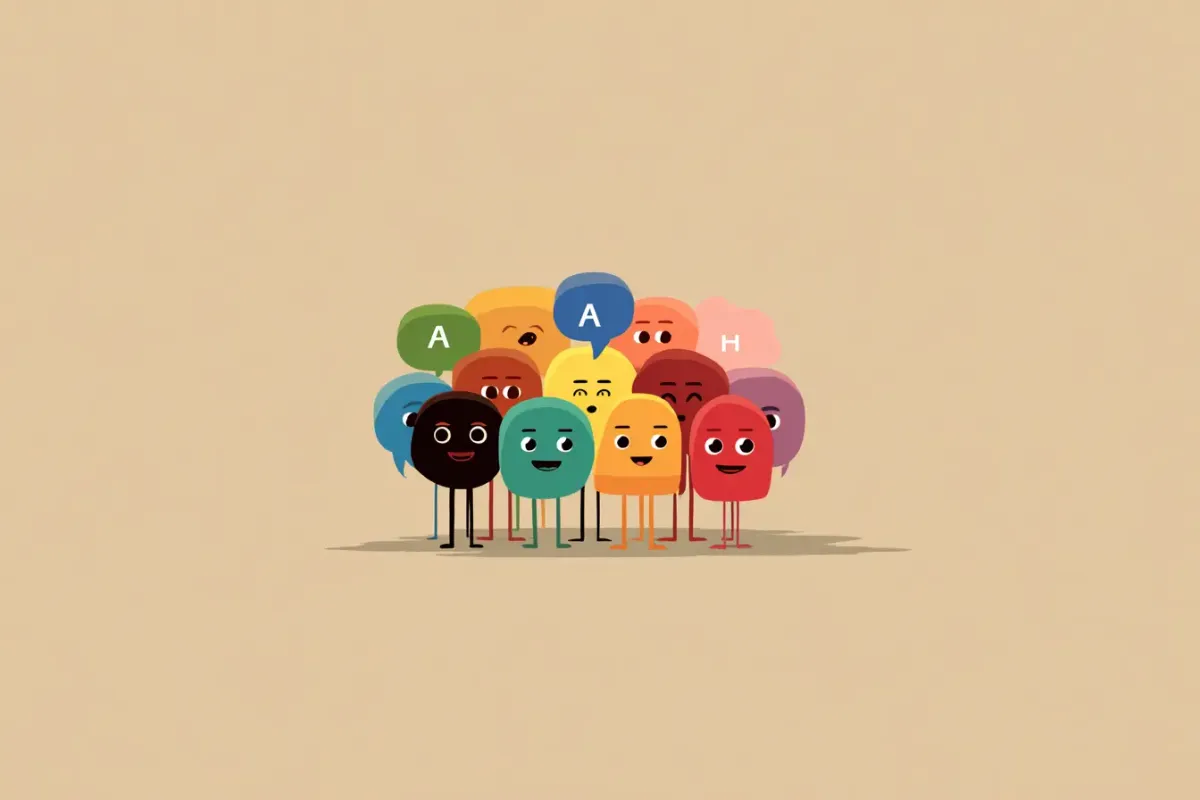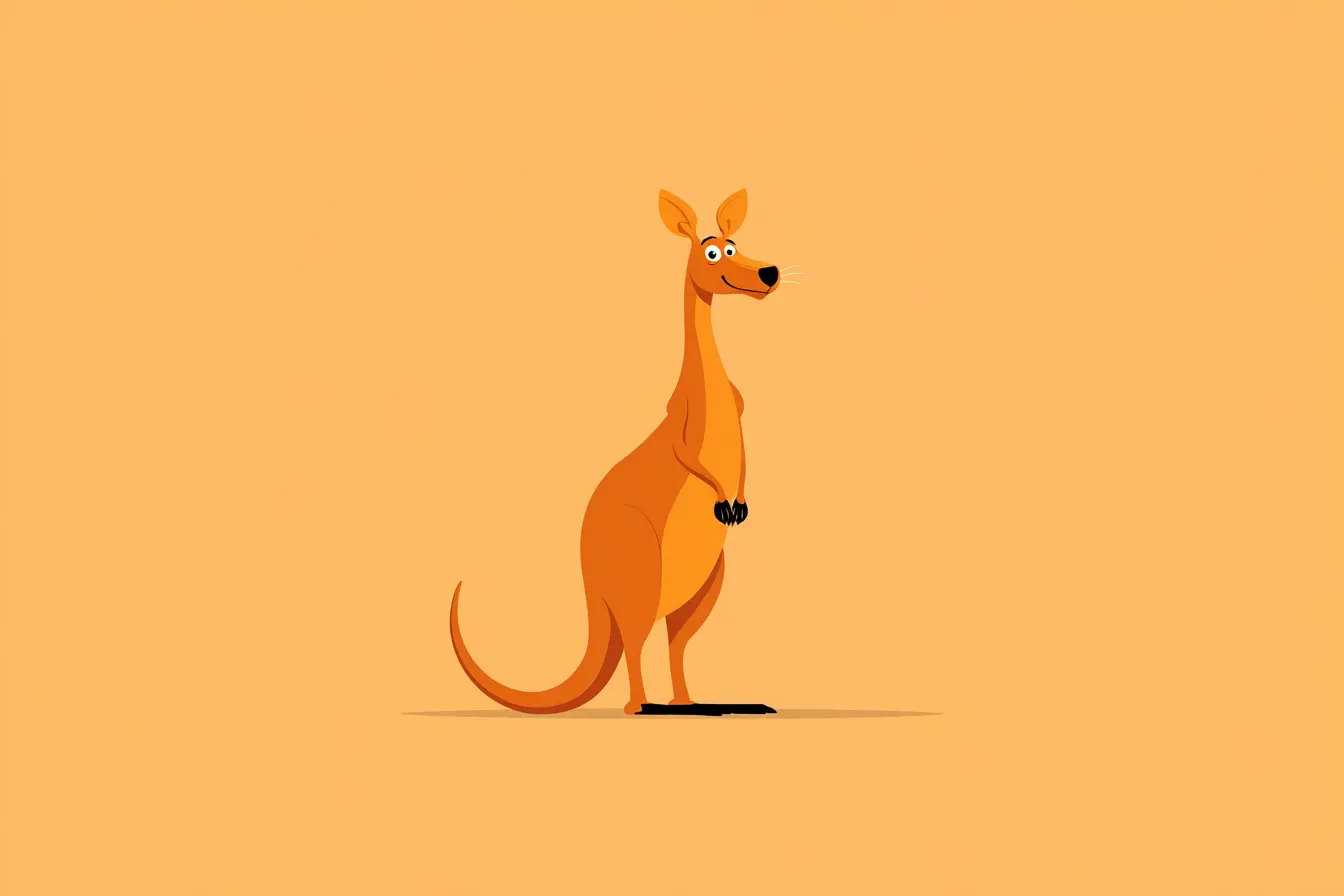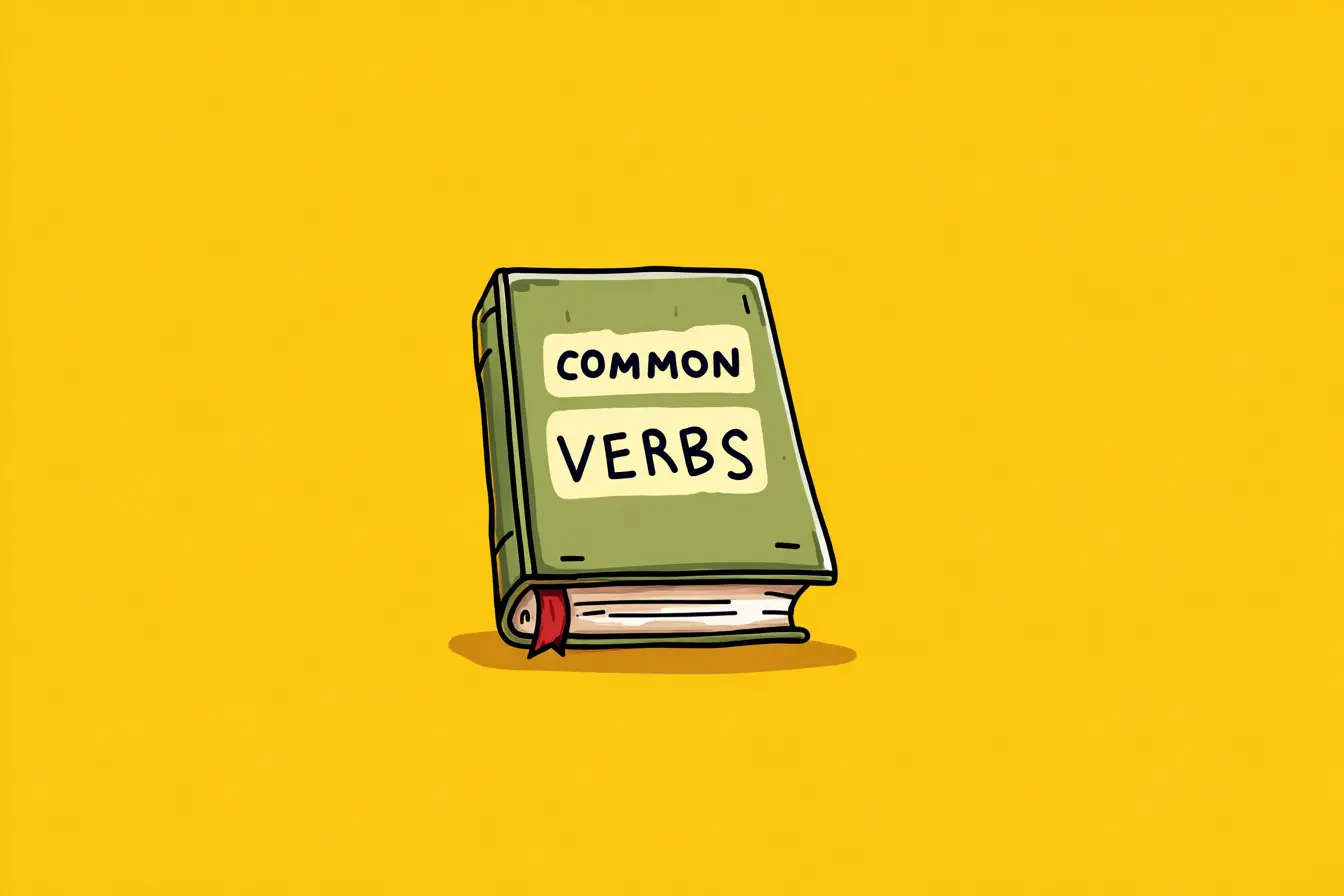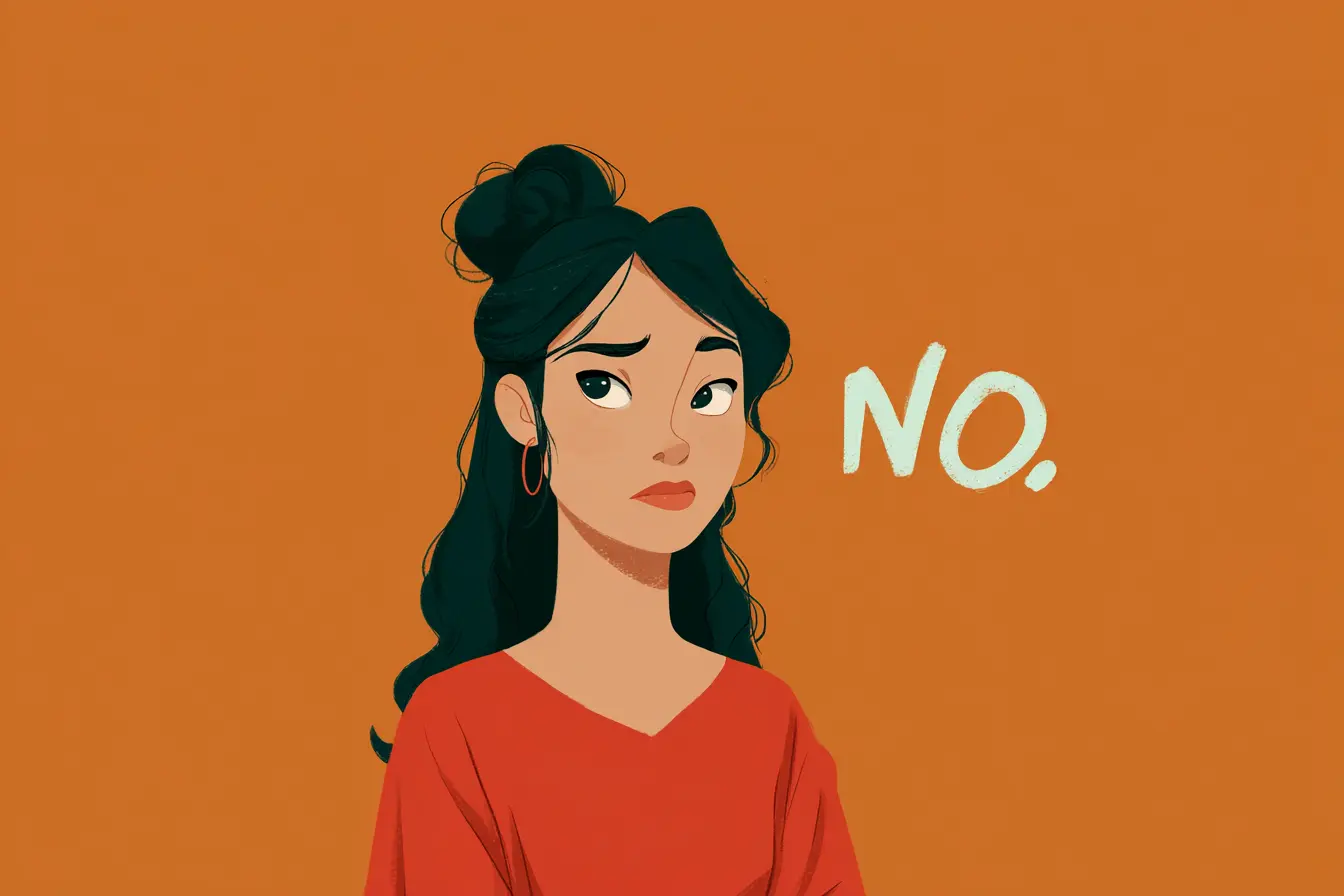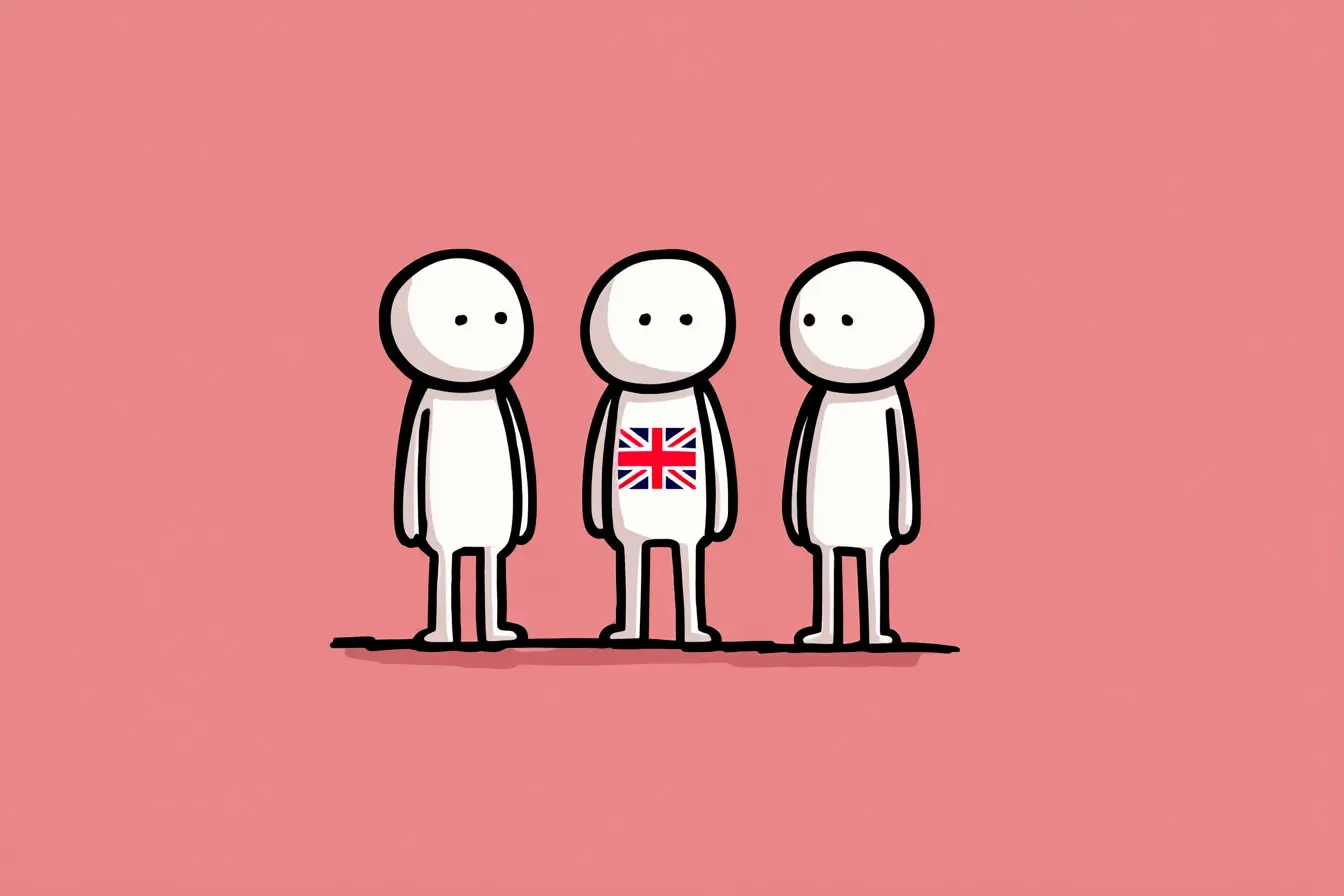Language is the soundtrack of human life, and every word of every language is part of a much larger mosaic. That mosaic is linguistic diversity: the variety of languages, dialects, and ways of speaking that exist across the globe.
Understanding the Basics
In simple terms, linguistic diversity refers to the coexistence of multiple languages and language varieties within a community, region, or the world as a whole. A clear linguistic diversity definition would be: the range and richness of different languages spoken by people, reflecting both human creativity and cultural identity.
It’s not only about how many languages exist but also about how they are used, protected, and passed down. The meaning of linguistic diversity goes deeper than numbers: it touches on identity, history, and belonging.
Quick Look: Language Numbers by Continent
Why It Matters
Cultural and linguistic diversity is essential because each language carries a unique worldview. It frames reality in its own way, influencing how people think, interact, and share traditions. Losing a language often means losing songs, stories, and wisdom collected over centuries.
At the same time, celebrating diversity in language encourages inclusivity. Schools, workplaces, and communities that value many languages often enjoy richer communication and stronger connections across groups.
Here are a few benefits of linguistic diversity:
- Preserves cultural heritage and identity.
- Strengthens social inclusion and mutual respect.
- Supports innovation by offering multiple perspectives.
- Expands learning opportunities and creativity.
The Most Spoken Languages Today
While thousands of languages exist, only a handful are spoken by vast populations. This highlights the contrast between global reach and endangered tongues.
This table makes it clear: a few languages dominate in numbers, while thousands of others are spoken by much smaller communities, often fighting for survival.
How Communities Protect and Revive Their Languages
The urgency of protecting languages becomes clearer when we look at cases where communities fight to keep their voices alive:
- Navajo (United States): Once at risk of decline, the Navajo Nation has introduced immersion schools where children learn math and science in their ancestral language.
- Welsh (Wales, UK): Through government policies and media support, Welsh has moved from being endangered to widely taught in schools and used in public life.
- Ainu (Japan): The language of the Indigenous Ainu people was nearly lost, but community centers now teach it through songs, storytelling, and cultural workshops.
- Quechua (Andes region): Spoken by millions yet long marginalized, Quechua is now taught in schools across Peru and Bolivia, and even featured in popular music.
Challenges and Opportunities
Globalization puts many languages under pressure. Dominant world languages like English, Mandarin, and Spanish often spread widely, while smaller languages risk disappearing. Yet, new technologies and educational efforts are also creating opportunities to protect and revive endangered tongues.
Apps, community programs, and bilingual education can all play a role in keeping languages alive. Supporting translation, interpretation, and multilingual learning makes societies stronger and more adaptable.
FAQ
1. What is linguistic diversity in simple words?
2. Why is linguistic diversity important?
Because it preserves cultures, traditions, and knowledge, while also promoting respect and understanding among different groups.
3. How does cultural and linguistic diversity affect daily life?
It influences how we communicate, learn, and work together. For example, multicultural classrooms and workplaces benefit from multiple languages and perspectives.
